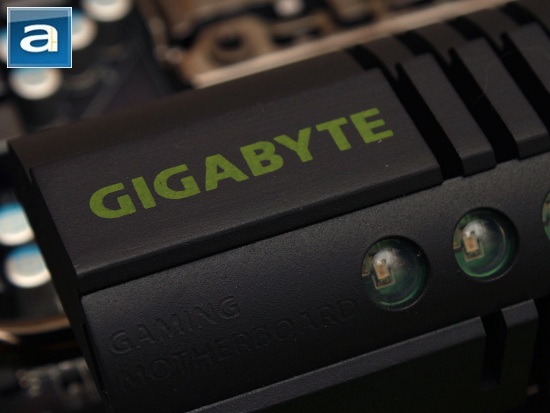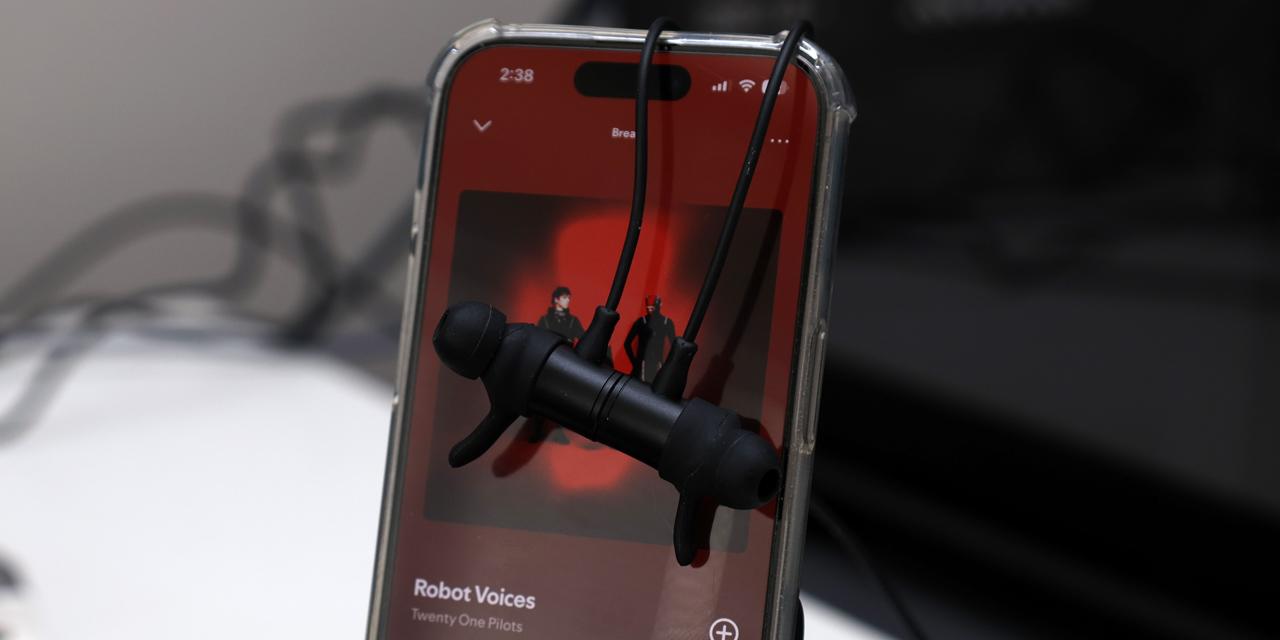Page 12 - Overclocking and Conclusion

The highest raw overclock I was able to obtain with my Intel Core i7-930 was marginally over 4.00 GHz (4.01GHz to be exact, if you are really that picky) with the base clock set to 191MHz, and the multiplier set at 21x. To test these settings in a good controlled condition, I have disabled Hyper-Threading and Turbo Boost on my processor. With those set, I ran Prime95 on my Gigabyte G1.Sniper on all four cores for an extended period of time to ensure stability. Any higher overclocks resulted in an unstable system, so I stand by my results above.

My second round of overclocking involved an attempt to attain the highest base clock frequency, with all other limiting variables minimized. As you can see in our CPU-Z screenshot above, the highest CPU BCLK I was able to achieve with my Core i7-930 is 210MHz on the Gigabyte G1.Sniper. With these settings in action, the results are fairly decent while maintaining stability with Prime95 running.
-----------------------------------------
July 8, 2011: Gigabyte's G1.Sniper review is published on APH Networks. Living in this day and age, technology grows fast, and it greatly influences our decisions -- whether its as simple as buying an average laptop, or if you decide to spend your hard earned money on the Gigabyte G1.Sniper. Technology enthusiasts, particularly computer enthusiasts like myself, may not always be able to catch up with the latest and greatest due to many limiting factors. What I am trying to say is, if you already own a high end computer, and all you are missing is a motherboard, you have nothing to fear -- because what the G1.Sniper is a truly amazing product worthy of its name. As a new motherboard that supports the (slightly) older Intel X58 chipset, the G1.Sniper is not only an unquestionable high end unit -- it also has some amazing dedicated Creative X-Fi based audio hardware under the hood. In fact, it is so good, it will probably save you at least $150 on a dedicated sound card, along with some additional space on your motherboard. If top of the line audio still doesn't convince you, it also has a dedicated BigFoot NPU, which let's just say, it is not a necessity, but definitely a "sure, why not" kind of thing. In addition to the well designed and clean layout, the Gigabyte G1.Sniper also looks incredible in any windowed chassis. The only few complaints that I would have is that, firstly, for something of this caliber, I would have expected more power phases around the processor. Secondly, although it might not be a problem for some who have larger chassis, the G1.Sniper measures to an additional two centimeters wider than normal ATX boards. Thirdly, the SATA 6Gb/s ports are not true SATA 6Gb/s ports, due to the way it is implemented. Fourthly, there seems to be some minor THD+Noise issues with its integrated audio. Ultimately, the Gigabyte G1.Sniper is a very, very epic motherboard for computer enthusiasts, hardcore gamers, and true audiophiles alike who are still using LGA 1366 Core i7 CPUs. Now, if you would excuse me, I just got some "work" to finish up...

Gigabyte provided this product to APH Networks for the purposes of evaluation.

APH:Renewal Award
Since April 30, 2007, Number Ratings have been dropped for all CPUs, motherboards, RAM, SSD/HDDs, and graphics cards. This is to ensure the most appropriate ratings are reflected without the inherent limits of using numbers. Everything else will continue using the Number Rating System.
More information in our Review Focus.
The Gigabyte G1.Sniper is a $430 veteran motherboard more than capable of satisfying every hardcore enthusiast, while providing you with the some of the best integrated dedicated audio available -- not to mention its great looks.
Do you have any comments or questions about the Gigabyte G1.Sniper? Drop by our Forums. Registration is free, and it only takes a minute!
Page Index
1. Introduction, Features, and Specifications
2. Bundle, Chipset, BIOS
3. A Closer Look, Board Layout, Test System
4. Benchmark: AIDA64 CPU
5. Benchmark: AIDA64 FPU
6. Benchmark: AIDA64 Memory
7. Benchmark: PCMark 7
8. Benchmark: 3DMark 11
9. Benchmark: PassMark PerformanceTest 7.0
10. Benchmark: SuperPI 1M, Cinebench R11.5
11. Onboard Sound (RMAA 6.2.3) Analyzation
12. Overclocking and Conclusion





